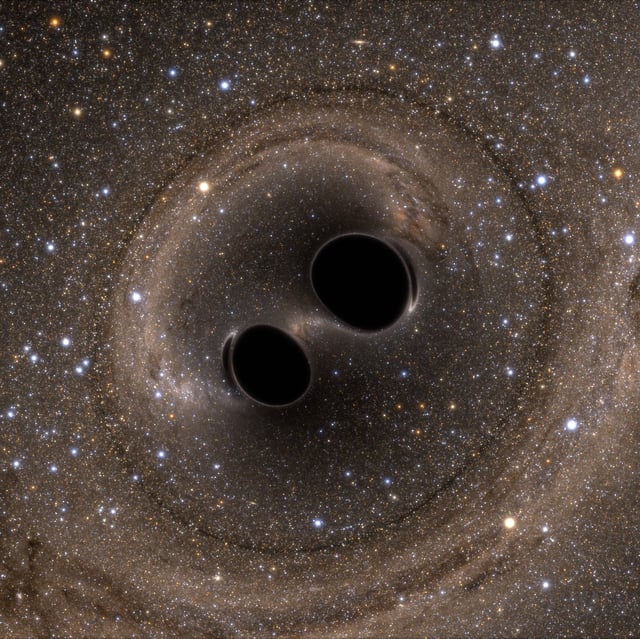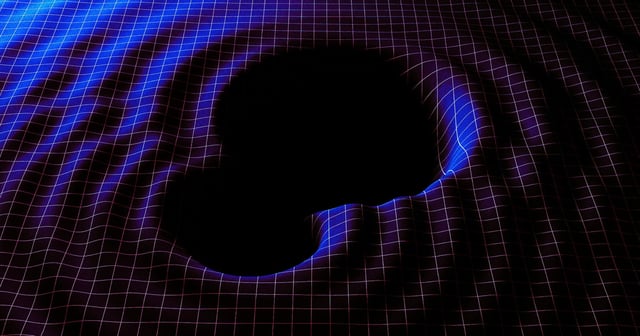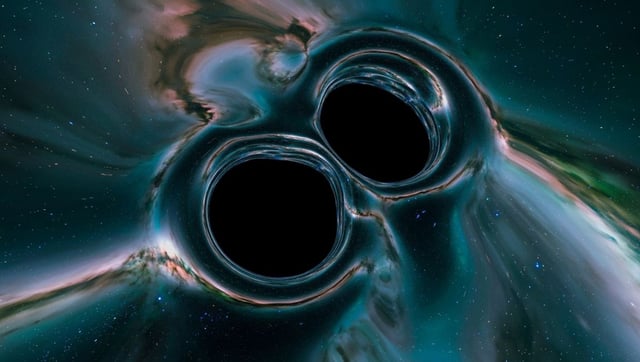Overview
- Analysis confirmed that the pair of black holes weighed roughly 103 and 137 times the Sun’s mass, merging to create a 225-solar-mass remnant—the heaviest observed so far.
- Their masses occupy the predicted pair-instability mass gap, indicating they formed through successive mergers of smaller black holes rather than direct stellar collapse.
- Both progenitor black holes spun at near-maximal rates—about 400,000 times Earth’s rotation speed—challenging existing spin models in astrophysics.
- The brief 0.1-second gravitational-wave signal captured the ringdown phase of the newborn black hole, underscoring both the sensitivity and analytical complexity of current detectors.
- Researchers cautioned that proposed funding cuts and the potential shutdown of one LIGO observatory would significantly weaken the network’s capacity to detect future high-mass merger events.


